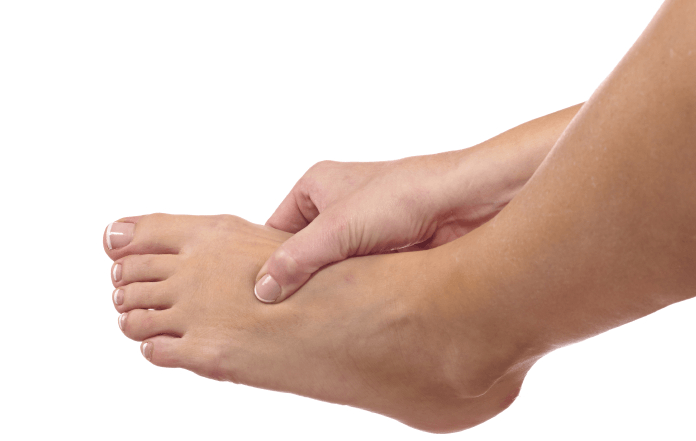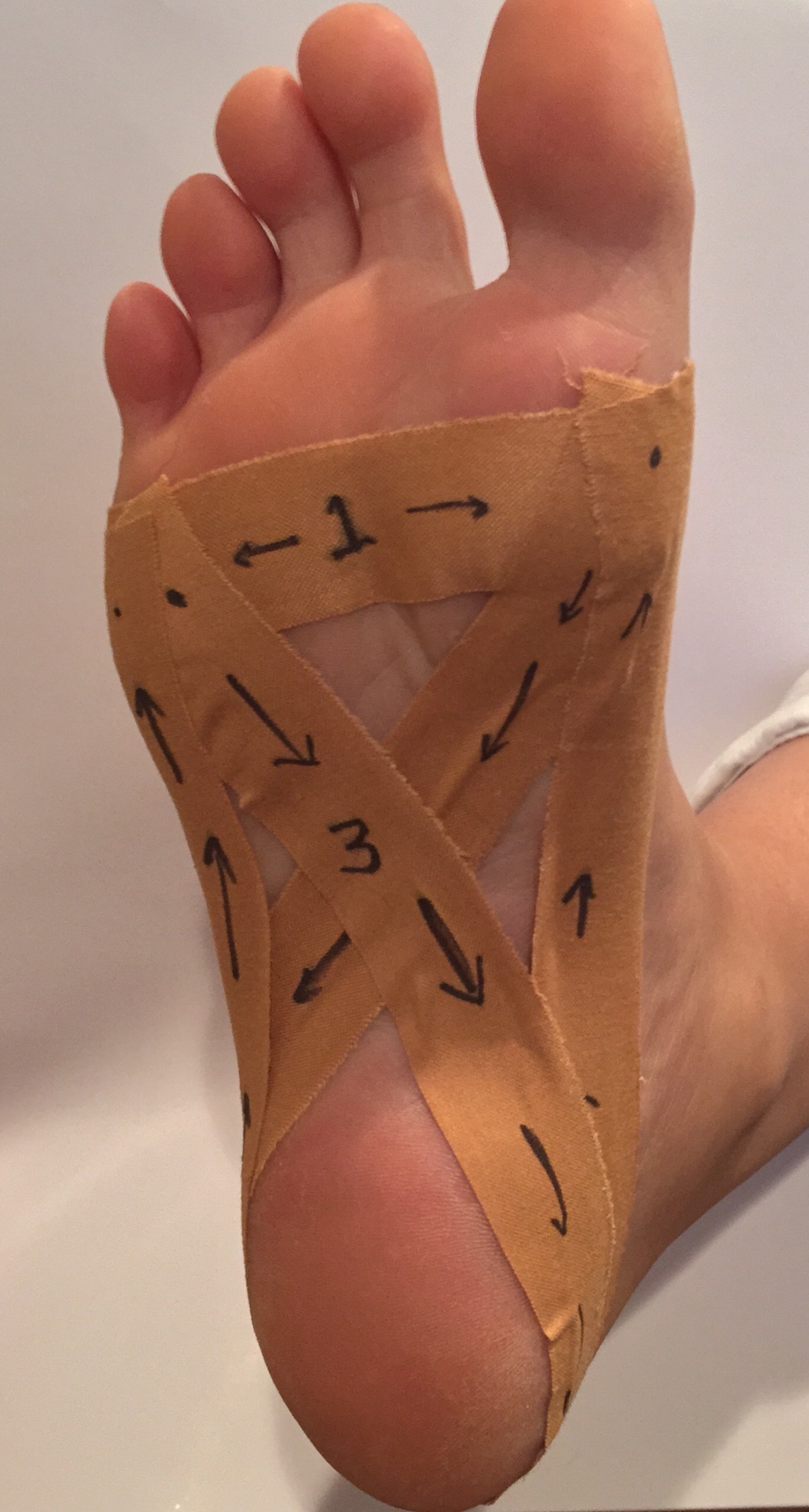


If your arch pain persists and doesn't get better with rest, however, it's important to see a doctor for a diagnosis! To rule more serious conditions, ranging from posterior tibial tendon dysfunction to cavus foot (a very high arch), in or out, your doctor may want to run imaging tests like an MRI scan as well as performing a physical examination. Occasional arch pain isn't a big deal, and can happen to anyone who overuses their feet, has gained a little too much weight, or with age. In case you don't feel any pain, you should transfer your weight on your toe that is causing a stress to the flexor hallucis tendon. The last test is facing the fall and leaning against it at about 30 to 40 degree angle, and rise yourself to the balls of your feet. If you happen to have pain in the medial arch of the foot, then the flexor hallucis tendon is strained, but if you have pain in the Achilles’ area, then you need to determine the real reason of the pain. If you have just strained the tendons, you can perform some more tests to determine the type of injury.Īnother test for determining the reason of the pain in the medial arch of the foot is holding someone else's hands just to maintain balance, and then rising to the balls of your feet. In case you have experienced a severe injury, you should feel a slight pain after this procedure. Then you can ask someone to push your toe against you. You can try, for instance a resisted plantar flexion of the great toe, which is a procedure of holding your great toe in dorsiflexion with the thumb. The pack gets very hot or cold, so it might be wise to use a towel or something between the pack and your skin.You can go to a specialist to receive an appropriate diagnosis or see your family doctor, but you can also start by running some preliminary "tests" yourself to determine the type of injury you may be suffering from. The gel pack is flexible even after being in the freezer, and it will soothe pain and aid in recovery. Simply leave it in the freezer, then wrap it around your foot. This is an affordable wrap you can use on your feet-as well as other body parts- after exercising. There are specialty products, like plantar fasciitis socks, that can make a huge difference.īest icing options for foot-arch pain Top all-around cold-therapy productĬold & Hot Therapy Wrap, Reusable Gel Pack for Pain Relief It is not only the shoe that matters, but socks, insoles and even ankle braces can make a huge difference. Wear proper footwear when you are partaking in extreme exercise.Wear orthopedic shoes or use shoes with orthopedic insoles that have ample arch support.Rest and recuperation are paramount to helping your muscles recover and keeping joints and ligaments strong. Have a regular stretching routine, and always include stretches for your feet, ankles and calves.You can help prevent pain in your arches in a few different ways: Techniques for preventing and treating foot-arch pain In the meantime, there are many ways to prevent and/or mitigate foot arch pain that are affordable and easy to implement. Consult a doctor if you feel recurring foot pain.

Occasional pain in the arch of your foot might be normal, but if it occurs frequently and impacts daily life, it could be a more serious medical condition, such as plantar fasciitis or flat feet. Physical activities such as running, dancing and hiking can take their toll on feet, and one of the most susceptible areas of the foot is the arch, which runs from the toes to the heel. Many athletes are all too familiar with throbbing foot arches.


 0 kommentar(er)
0 kommentar(er)
